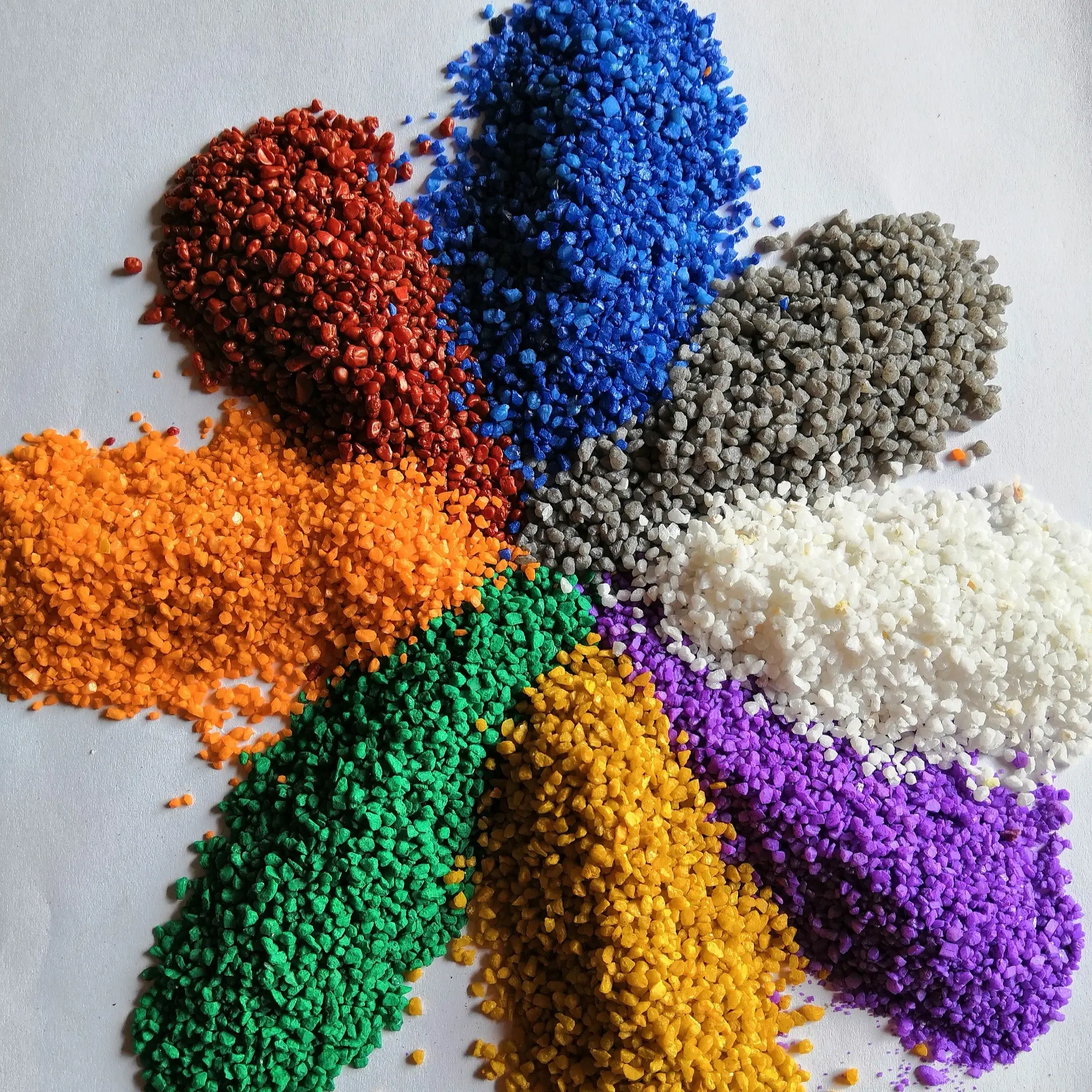
mica types
Understanding Mica Types and Their Applications
Mica is a group of silicate minerals that are prized for their unique physical properties, including excellent electrical insulation, thermal stability, and flexibility. These characteristics make mica a valuable material across various industries, from cosmetics to electronics. In this article, we will delve into the different types of mica and their applications.
Mica can be broadly classified into two main categories sheet mica and ground mica. Each type has distinct properties and uses that cater to specific requirements in industrial applications.
Sheet Mica
Sheet mica is the natural form of mica that is obtained by mining. It is characterized by its large, clear, and flexible sheets, which can be split into thin, translucent layers. The most common types of sheet mica include muscovite (white mica) and phlogopite (brown mica).
- Muscovite is the most prevalent type of mica found in nature. Due to its excellent electrical insulative properties, it is widely used in the manufacture of electrical components such as capacitors and transformers. It is also utilized in the cosmetic industry, where it provides shimmer and shine in products like eyeshadows and highlighters.
- Phlogopite, on the other hand, exhibits superior thermal resistance when compared to muscovite. This makes it suitable for applications in high-temperature environments, such as in the production of heat shields and insulating materials for kilns.
Ground Mica
mica types

Ground mica is produced by mechanically grinding larger sheets of mica into fine powder. Mica powder is commonly used in construction, paint, plastics, and rubber industries. The most notable attributes of ground mica include its ability to improve the strength and durability of materials.
- In the construction industry, ground mica is used as a filler in products such as joint compounds and plaster. Its addition enhances the aesthetic appeal and durability of these materials while also providing light-reflective properties.
- In paints and coatings, mica powder can be used to create glimmering effects and improve the overall texture of the product. It contributes to the paint's opacity and prevents settling, ensuring a consistent finish with enhanced reflectivity.
- In the plastics and rubber industries, mica serves multiple purposes. It acts as a reinforcement agent, improving the mechanical strength of plastics. Additionally, it helps in enhancing the thermal and dimensional stability of rubber products, making them more durable and resilient under various conditions.
Environmental and Safety Considerations
While mica offers numerous advantages, its extraction has raised environmental and ethical concerns. Mica mining often occurs in developing countries, where labor practices may be exploitative. Efforts are being made globally to ensure ethical sourcing and sustainable practices in mica production. Companies are increasingly striving for transparency in their supply chains and are seeking certifications that guarantee responsible sourcing.
Conclusion
Mica is a versatile mineral with diverse applications that span multiple industries. Understanding the different types of mica and their respective properties can help businesses and consumers make informed decisions on product selection and usage. By promoting sustainable practices and ethical sourcing, we can enjoy the benefits of mica while also supporting the communities involved in its production. As industries continue to innovate, mica will undoubtedly remain an essential material for years to come.
Share
-
Fly Ash Solutions Enhanced by GPT-4 Turbo | Sustainable InnovationNewsAug.01,2025
-
Natural Premium Bentonite Cat Litter - Superior ClumpingNewsJul.31,2025
-
Premium Resin Coated Sand - High Heat Resistance CastingNewsJul.31,2025
-
High Quality Silicon Carbide Grit for Abrasive ApplicationsNewsJul.30,2025
-
High-Quality Ceramsite for Plants & Gardening | Lightweight PebblesNewsJul.29,2025
-
Premium Burgundy Glass Marbles for Vases & Shooter GamesNewsJul.29,2025






